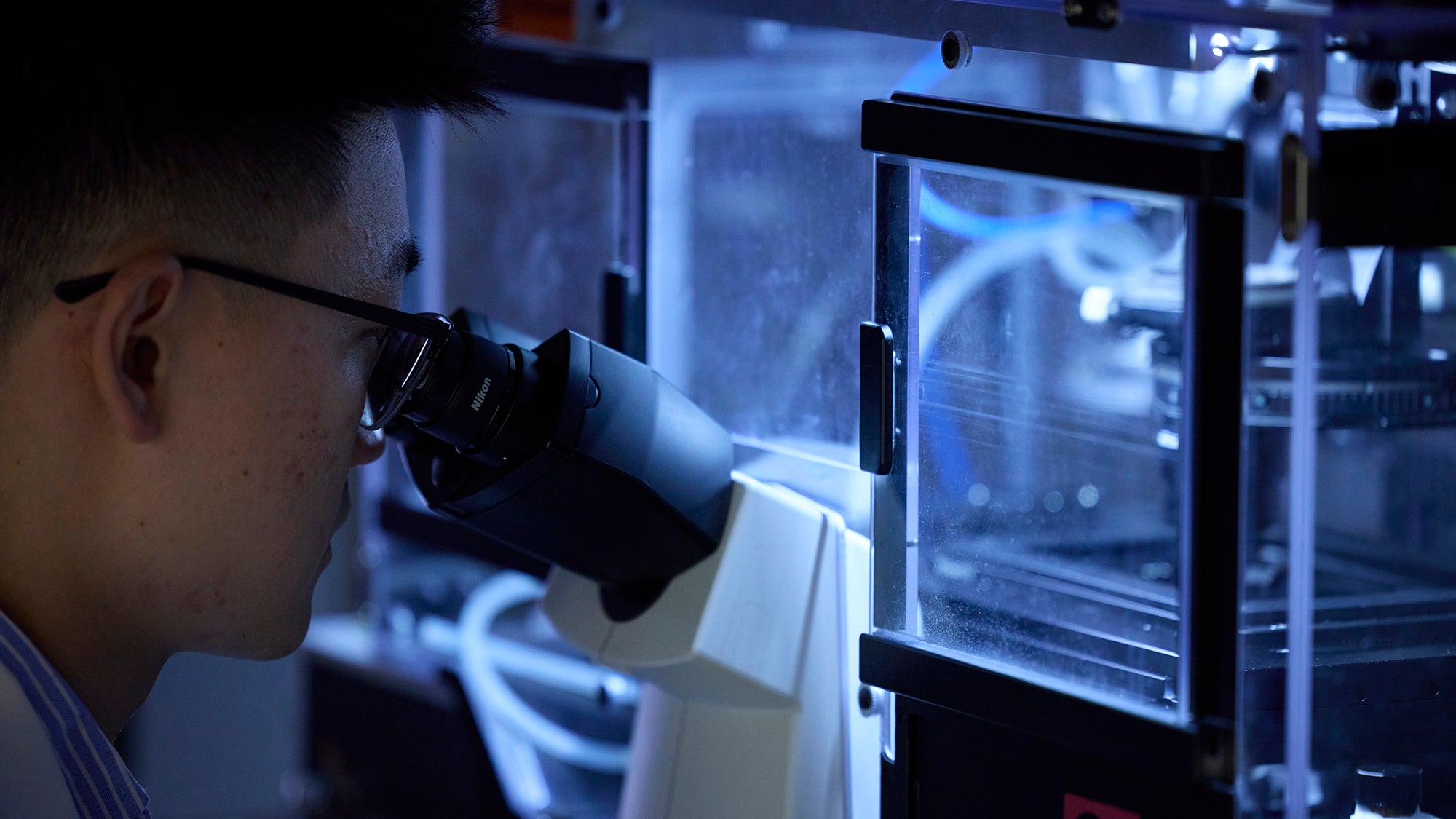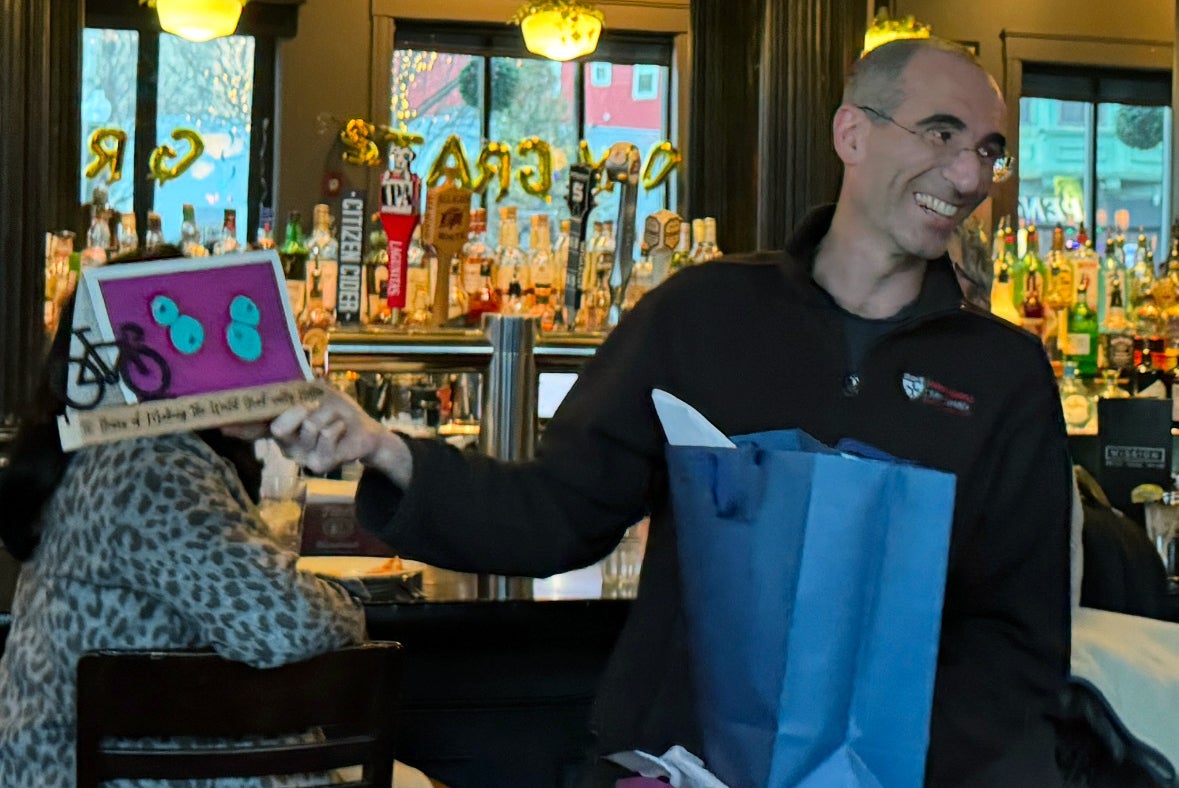Adolescent Well-being and the Impact of Social Media in India

On September 12th, the Center provided coordination support to the India Research Center’s Project SANCHAR for a webinar titled “Adolescent Well-Being and the Influence of Social Media in India.” The webinar was moderated by Director K. “Vish” Viswanath and featured insights from four distinguished panelists:
- Tshering Bhutia: Vice President, Preventive Health and Nutrition, Salaam Bombay Foundation
- Dr. Anjali Chhabria: Director, Mind Temple Institute of Behavioral Sciences and Psychiatrist
- Dr. Zoya Ali Rizvi: Deputy Commissioner, Adolescent Health, Ministry of Health and Family Welfare
- Dr. Kanika Malik: Associate Professor of Psychology and Counselling, O.P. Jindal Global University
The India Research Center convened this diverse panel of experts from government, academia, and the nonprofit and private healthcare sectors to delve into the complex relationship between adolescent mental health and the growing influence of social media. The webinar offered a unique avenue to examine this dynamic amidst the pandemic and beyond, and to discuss evidence-based strategies to foster positive social media use and safeguard the well-being of Indian adolescents.
The conversation commenced with Dr. Viswanath’s question to Tshering Bhutia, Vice President of the Salaam Bombay Foundation, regarding ground-level trends among adolescents participating in the Foundation’s programs. Ms. Bhutia stated that underprivileged students faced intensified mental health issues compared to their privileged counterparts, shedding light on the disparities in their experiences.
“Privileged students are under the stress of comparing test scores, or competing to attend private universities, while underprivileged students have to worry about, ‘Tomorrow, will my parents be able to pay my fees? Tomorrow, will I be in school?’ And here gender disparity also sadly comes in,” continued Ms. Bhutia, “because if there is a family with two brothers and a sister, the sister will always be under pressure because priority on sending the children to school will be given to the boys instead of her.”
Turning to Psychiatrist Dr. Anjali Chhabria, Dr. Viswanath sought a clinical perspective on the impact of social media. Dr. Chhabria discussed the pervasive nature of smartphones, noting how they often lead to disrupted family interactions, sleep disturbances, and heightened levels of aggression among teenagers. Depression and anxiety are also on the rise, she stated, further fueling concerns.
Dr. Kanika Malik, Associate Professor of Psychology and Counseling, contributed by emphasizing gender disparities in the effects of social media on adolescents. Girls, she noted, are particularly vulnerable to its negative effects. She also pointed out the addictive characteristics of social media platforms, which are designed to keep users engaged with relentless notifications.
Dr. Zoya Ali Rizvi, Deputy Commissioner of Adolescent Health, provided a policymaker’s perspective, explaining the state-level initiatives aimed at addressing these challenges. She underscored the importance of viewing adolescents as part of a larger ecosystem, which includes schools and clinics. Dr. Rizvi highlighted peer education and teacher training programs as two examples of state policy initiatives, and emphasized the need to involve parents in such initiatives. “Any intervention through schools and communities has to involve parents,” stated Dr. Rizvi. “That’s where we’re looking to improve our policies. We need to get parents on board.”
Acknowledging the shortage of mental health providers, Dr. Rizvi stressed the importance of training existing professionals to be empathetic and non-judgmental. “It’s a dual challenge,” she stated. “We have to onboard more mental health providers, as well as train the ones we already have.”
Dr. Rizvi then emphasized the necessity of collaboration between various government ministries, organizations, and institutions, as well as the necessity of increasing funding and awareness for adolescent mental health. “We need more advocacy, because adolescents are often forgotten when it comes to funding. If we don’t invest in them now, we could lose out on a whole generation.”
A question on every parent’s mind was posed by Dr. Viswanath: How can they ensure a healthy relationship between their children and social media? Dr. Chhabria’s advice centered on parental modeling of preferred behavior and setting rules, such as designated phone-free times. She urged parents to understand their children’s perspectives and involve them in the process to create a sense of partnership.
Dr. Chhabria went on to highlight the role of family in combating stress and social media addiction. “The Salaam Bombay Foundation has done such brilliant work with underprivileged children, encouraging them to play and interact with one another,” she stated. “These are the same things we need to involve in all houses. Families need to play together. Once you start doing that, the child has options.”
As the webinar concluded, Dr. Viswanath emphasized several key takeaways. He stressed the significance of parental mediation at the family level, the necessity of capacity building within institutions, particularly among teachers, and the critical importance of advocacy and effective policy implementation at both state and local levels. In closing, he stated that the discussion had only scratched the surface of the complex issue of adolescent well-being in the digital age, leaving much more to be explored and addressed.
Written by Ayla Fudala, Center Communications Coordinator


